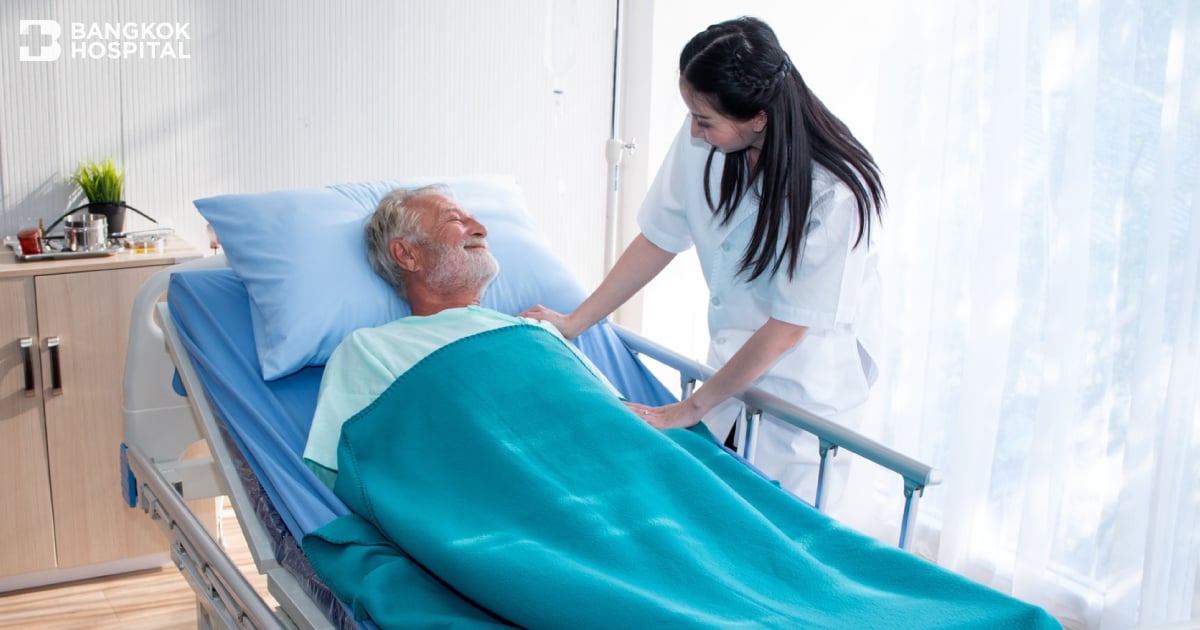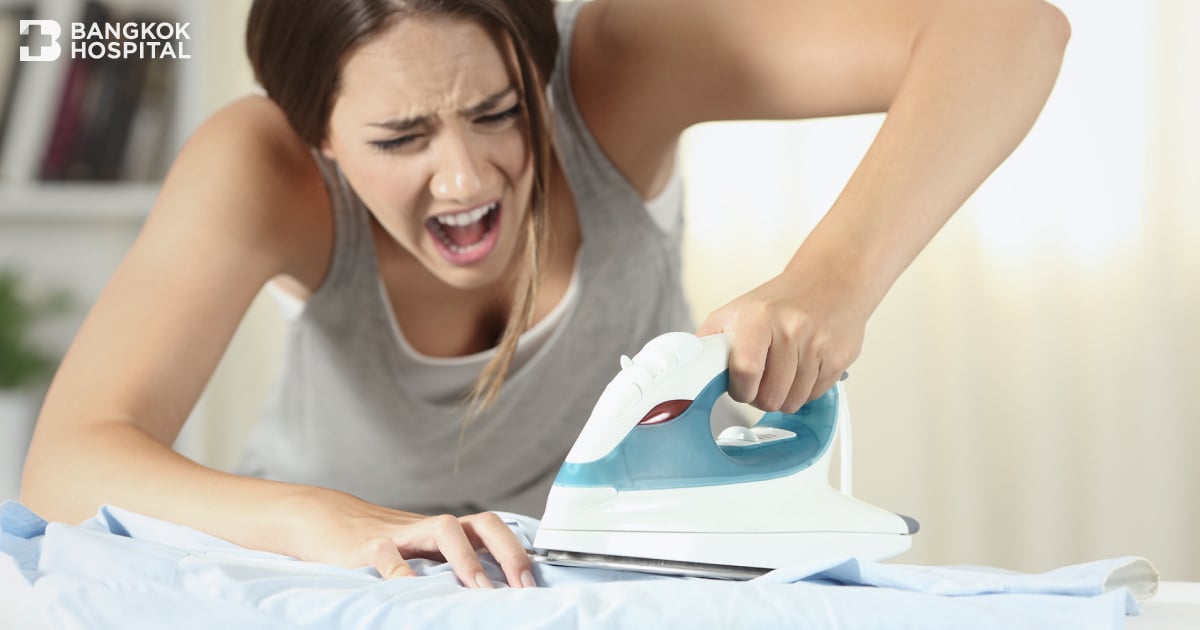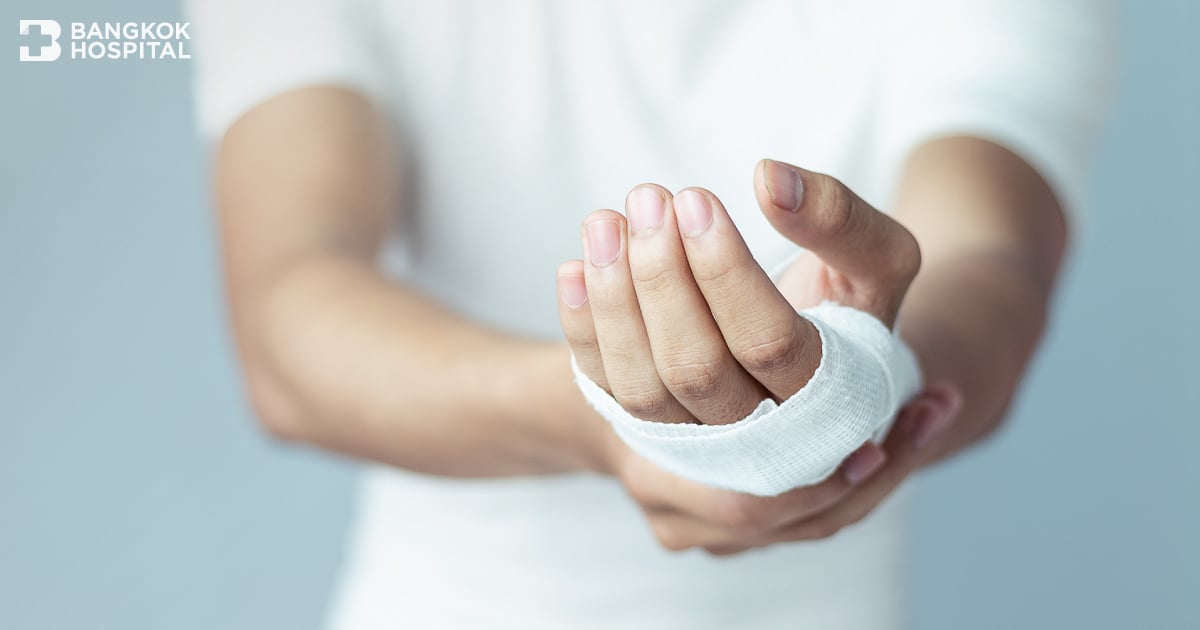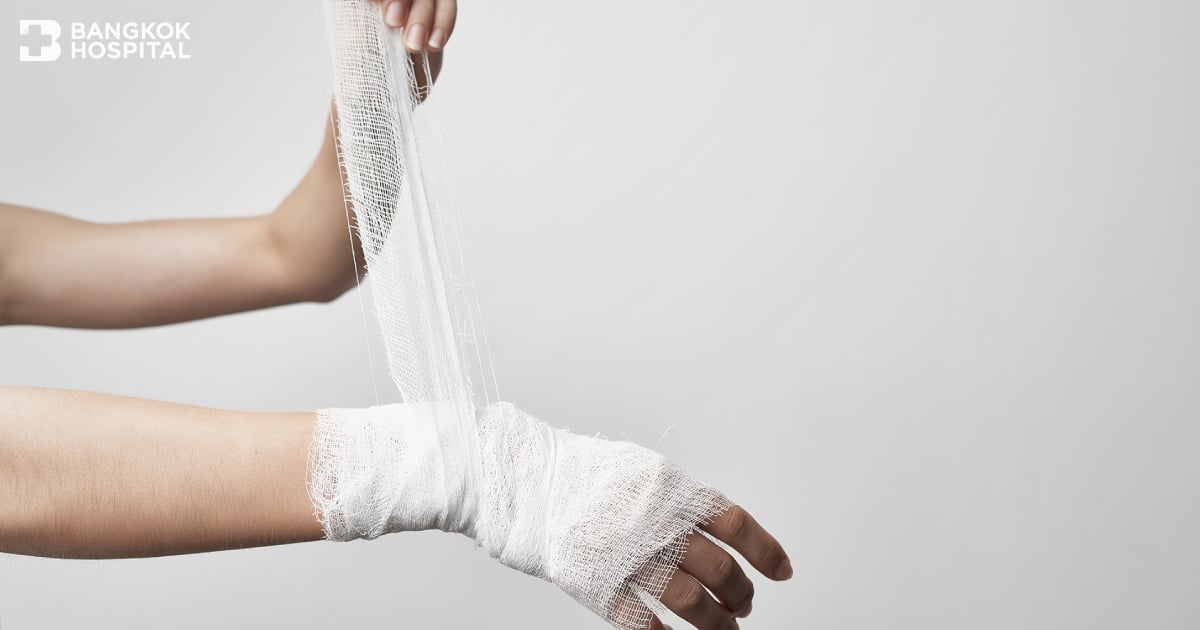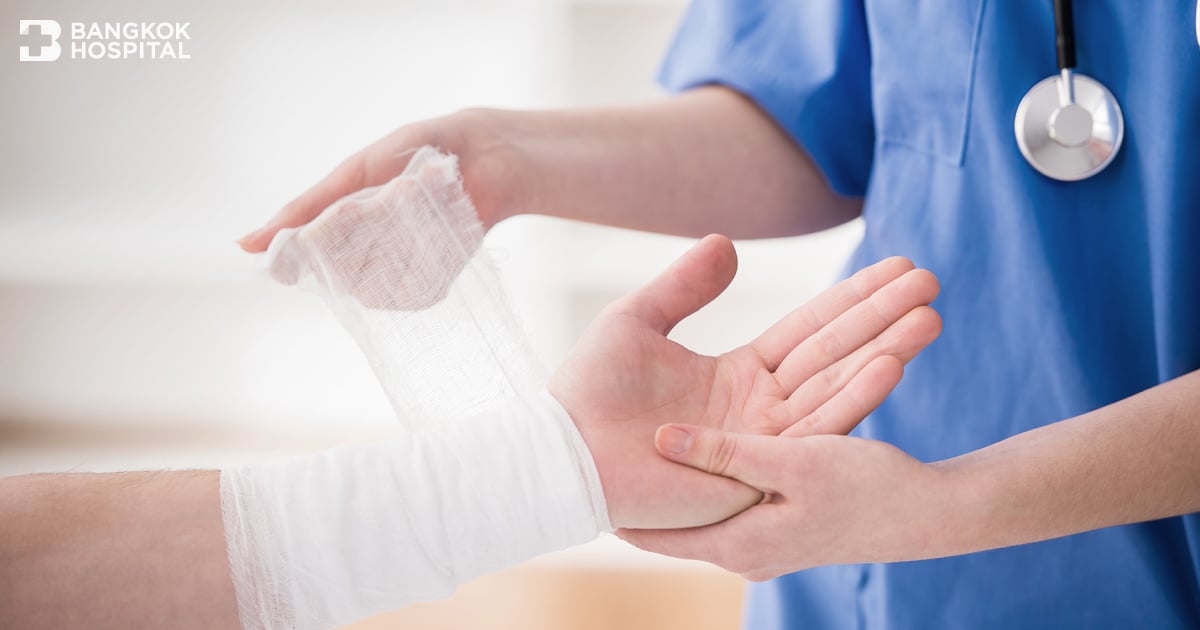Pressure ulcers or bedsores are areas of breakdown in the skin. This usually occurs over areas where there is little cushion between the bone and the skin, commonly the tailbone, the heels, and the hips. Pressure ulcers can develop even with the best of care. There are many risk factors for the development of pressure ulcers including immobility and debilitating illness. If left untreated, pressure sores are extremely difficult to heal and may even lead to death.
What is pressure ulcers?
Pressure ulcers are injuries to skin and underlying tissue resulting from prolonged pressure on the skin. They are most often develop on skin that covers bony areas of the body, such as the heels, ankles, hips and tailbone. A pressure sore might be painful.
Risk factors
- Immobility – patients who spend most of their time in a bed or chair
- Patients with a medical condition that limits their ability to change positions
- Malnutrition, dehydration – can lead to skin thinning and poor blood supply, meaning that skin is more fragile
- Diabetes, vascular disease
- Urinary and fecal incontinence – skin exposed to urine or feces is more susceptible to irritation and damage
Stages of pressure sores
- Stage 1 – Skin is not broken but is red or discolored. When you press on it, it stays red and does not lighten or turn white (blanch).
- Stage 2 – The topmost layer of skin is broken, creating a shallow open sore. No blisters.
- Stage 3 – The wound extends through the dermis (second layer of skin) into the fatty subcutaneous tissue.
- Stage 4 – The wound extends into the muscle and can extend as far down as the bone.
Moreover, there is a pressure sore called deep tissue injury (DTI). Deep tissue injury is purple or maroon localized area of discolored intact skin or blood-filled blister due to damage of underlying soft tissue from pressure or shear. The area may be surrounded by tissue that is painful.
Diagnosis
The doctor will look closely at the patient’s skin to determine whether he/she has a pressure ulcer and how bad the damage is. The patient’s general health, wound location, and bowel/bladder function are also important information.
Treatment
The first step in treating a bedsore is reducing the pressure and friction that caused it. Treating pressure ulcers also involves caring for the wounds, controlling pain, preventing infection and maintaining good nutrition.
- Reducing pressure – Change the patient’s positions every two hours. Patient’s head should be placed at 30 degree angle. For side-lying position, the angle should be around 30-45 degree.
- Cleaning and dressing wounds – Care for pressure ulcers depends on how deep the wound is. The doctor will consider which kind of dressing is the best by looking at the amount of discharge. The dressing creates a barrier against infection and keeps the surrounding skin dry.
- Removing damaged tissue – To heal properly, damaged, dead, or infected tissues need to be removed. This is called debridement. A large pressure sore that fails to heal might require surgery. A pad of the patient’s muscle, skin or other tissue can be used to cover the wound and cushion the affected bone.
Technology and devices for taking care of pressure ulcers
- Pressure relieving devices – special mattress, foam or pressure-redistributing cushions
- Transcutaneous O2 measurements (TCOM) – is a non-invasive method of measuring the oxygen level of the tissue below the skin. This helps the doctor to determine the best treatment option.
- Radial shock wave therapy – An acoustic wave promotes regeneration and reparative processes of soft tissues.
- Hyperbaric Oxygen Therapy (HBOT) – enhances the body’s natural healing process by inhalation of 100% oxygen in a total body chamber, where atmospheric pressure is increased and controlled. This increases tissue oxygen availability and promote healing.
If a pressure sore does develop, it is important to begin an appropriate treatment regimen immediately. There is a variety of treatments available to manage pressure sores and promote healing, depending on the severity of the pressure sore. Therefore, consulting a specialist is recommended in order to reduce the risk of infection, infection, and severity.

